
[root@localhost~]#groupdeluser1/ / Try to delete the user1 user group, because the user1 group is the basic group of user1, so you need to delete the user1 user first before deleting the user1 group.Groupdel: The user's main group cannot be deleted.
automount: This kind of configuration unit encapsulates a self-mount point in the system structure hierarchy. Each self-mounted configuration unit corresponds to a mounting configuration unit. When the automatic mounting point is accessed, systemd performs the mounting behavior defined in the mounting point. Swap: Similar to the mounting configuration unit, the swap configuration unit is used to manage the swap partition.
Use the w command to view the process information used by the logged-in user. The w command is used to display the name of the user who has logged in to the system and what they are doing. The information used by this command comes from the /var/run/utmp file.
What is the username and password of centos?The default user name of the CentOS system is root. This account has the highest administrator rights and can make any changes to the system. The password is required to be set when installing the system. If you forget the password, you can reset the root password.
The permissions are different. Main group: also known as the initial group, it is the group when the user logs in to the system. When creating a new user, if the main group to which the user belongs is not clearly specified, a group with the same name as the user will be created by default. From the perspective of user permissions, the main group and the subsidiary group, the main group does not have permissions.
Expansion: Username: In the CentOS system, each user has a unique username to identify the user. Usually, the user name is assigned when the system administrator creates a user.Password: In order to protect the security of the user's account, the user needs to provide a password that matches his username.
In the Linux operating system, the permission of root is the highest, also known as the owner of super permission. Operations that ordinary users cannot perform can be completed by root users, so they are also called super management users.
The first category: root (super administrator), UID is 0. This user has great permissions and can directly ignore many restrictions, including the permission to read and write execution. The second category: system users, UID is 1 to 499. Generally, it will not be logged in. The third category is ordinary users, and the UID range is generally 500~65534.
sudo is similar to su, with some additional attributes. Administrators can configure sudo to allow ordinary users to execute commands in different capacities under good control. A user may be limited to some specific commands and cannot execute others.

1. Find my computer on the desktop.Right-click My Computer and select Manage. Under the computer management window, find the options for local users and groups, and you can perform user addition and deletion operations under the user folder on the right. Under the user folder, right-click the blank area and click "New User" to add user operations.
2. First, open the Windows 7 system and click [Control Panel] in Start. 2. Click [Add or Delete Account] in the control panel. 3. Select the account you want to delete in the window. 4. Click [Delete Account Button] in the window 5. Finally, you can see that the account of the win7 system has been deleted and the problem is solved.
3. Step 1: Right-click on my computer to select Manage and open the computer management program. Step 2: Click the computer management system toolbook on the leftLocal users and group users, find the user you need to delete on the right, select and right-click to delete.
4. Under the system, press and hold the "Windows" and "X" keys on the keyboard at the same time to open the system menu and select "Computer Management". Click "Local Users and Groups" under the "Computer Management" interface, and double-click "User" on the right side of the interface.
5. Friends who use win10, how to delete the users who set up? Let's take a look with the editor. Premise: Activate the administrator user and log in to the system with this user.
Step 1: Confirm that there is only Win10 built-in administrator account Administrator. First, let's confirm whether there is indeed no administrator user in the current Windows 10 system (except for Windows default super administrator account Administrator R).
Right-click on "This Computer" on the desktop and click "Manage". Select "Local Users and Groups" and "Users" on the left, and find Administrator on the right. Right-click on the Administrator, and then select Properties. Uncheck "Account Disabled" in the properties, and the application is confirmed.
Next, the editor will share with you how to log in with Administrator if the Win10 administrator account is missing.In the right-click menu of this computer on the desktop, click Manage to enter Computer Management. In the computer administrator, find the local user group.
Select Administrator user, right-click-Properties. It can be seen that Administrator has been disabled, which means that Win10 disables Administrator by default in order to protect system security. Remove the √ in front of "Account Disabled". Click OK.
If the computer is forced to shut down too much and cannot be started, and the automatic repair fails and there is no administrator account, you can try the following methods: enter the safe mode: press the F8 key when booting, enter the Windows advanced boot option, and select "Safe Mode" to start.
The method is as follows. At the same time, press win+r to open the running window and enter gpedit in the window.Msc.
1. For Linux systems, whether it is the central processor, memory, disk drive, keyboard , mouse, or user, etc. are all files, and the commands managed by the Linux system are the core of its normal operation. After familiarizing yourself with the commonly used file processing commands in Linux, this lecture will introduce the commands to manage the system and users.
2. The working principle of the kill command is to send a system operation signal and the process identification number of a program to the kernel of the Linux system, and then the system kernel can operate on the process specified by the process identification number.For example, in the top command, we see that the system is running many processes, and sometimes we need to use kill to stop certain processes to improve system resources.
3. The top command is a major command for Linux system management, through which a lot of information can be obtained. Here we combine Figure 1 to illustrate the information it gives.
4. The common operation commands of the linux system are as follows: ls: full spelling list, the function is to list the content of the directory and its content attribute information. Cd: full changedirectory, the function is to switch from the current working directory to the specified working directory. Cp: full copy, its function is to copy files or directories.
International trade route optimization-APP, download it now, new users will receive a novice gift pack.
[root@localhost~]#groupdeluser1/ / Try to delete the user1 user group, because the user1 group is the basic group of user1, so you need to delete the user1 user first before deleting the user1 group.Groupdel: The user's main group cannot be deleted.
automount: This kind of configuration unit encapsulates a self-mount point in the system structure hierarchy. Each self-mounted configuration unit corresponds to a mounting configuration unit. When the automatic mounting point is accessed, systemd performs the mounting behavior defined in the mounting point. Swap: Similar to the mounting configuration unit, the swap configuration unit is used to manage the swap partition.
Use the w command to view the process information used by the logged-in user. The w command is used to display the name of the user who has logged in to the system and what they are doing. The information used by this command comes from the /var/run/utmp file.
What is the username and password of centos?The default user name of the CentOS system is root. This account has the highest administrator rights and can make any changes to the system. The password is required to be set when installing the system. If you forget the password, you can reset the root password.
The permissions are different. Main group: also known as the initial group, it is the group when the user logs in to the system. When creating a new user, if the main group to which the user belongs is not clearly specified, a group with the same name as the user will be created by default. From the perspective of user permissions, the main group and the subsidiary group, the main group does not have permissions.
Expansion: Username: In the CentOS system, each user has a unique username to identify the user. Usually, the user name is assigned when the system administrator creates a user.Password: In order to protect the security of the user's account, the user needs to provide a password that matches his username.
In the Linux operating system, the permission of root is the highest, also known as the owner of super permission. Operations that ordinary users cannot perform can be completed by root users, so they are also called super management users.
The first category: root (super administrator), UID is 0. This user has great permissions and can directly ignore many restrictions, including the permission to read and write execution. The second category: system users, UID is 1 to 499. Generally, it will not be logged in. The third category is ordinary users, and the UID range is generally 500~65534.
sudo is similar to su, with some additional attributes. Administrators can configure sudo to allow ordinary users to execute commands in different capacities under good control. A user may be limited to some specific commands and cannot execute others.

1. Find my computer on the desktop.Right-click My Computer and select Manage. Under the computer management window, find the options for local users and groups, and you can perform user addition and deletion operations under the user folder on the right. Under the user folder, right-click the blank area and click "New User" to add user operations.
2. First, open the Windows 7 system and click [Control Panel] in Start. 2. Click [Add or Delete Account] in the control panel. 3. Select the account you want to delete in the window. 4. Click [Delete Account Button] in the window 5. Finally, you can see that the account of the win7 system has been deleted and the problem is solved.
3. Step 1: Right-click on my computer to select Manage and open the computer management program. Step 2: Click the computer management system toolbook on the leftLocal users and group users, find the user you need to delete on the right, select and right-click to delete.
4. Under the system, press and hold the "Windows" and "X" keys on the keyboard at the same time to open the system menu and select "Computer Management". Click "Local Users and Groups" under the "Computer Management" interface, and double-click "User" on the right side of the interface.
5. Friends who use win10, how to delete the users who set up? Let's take a look with the editor. Premise: Activate the administrator user and log in to the system with this user.
Step 1: Confirm that there is only Win10 built-in administrator account Administrator. First, let's confirm whether there is indeed no administrator user in the current Windows 10 system (except for Windows default super administrator account Administrator R).
Right-click on "This Computer" on the desktop and click "Manage". Select "Local Users and Groups" and "Users" on the left, and find Administrator on the right. Right-click on the Administrator, and then select Properties. Uncheck "Account Disabled" in the properties, and the application is confirmed.
Next, the editor will share with you how to log in with Administrator if the Win10 administrator account is missing.In the right-click menu of this computer on the desktop, click Manage to enter Computer Management. In the computer administrator, find the local user group.
Select Administrator user, right-click-Properties. It can be seen that Administrator has been disabled, which means that Win10 disables Administrator by default in order to protect system security. Remove the √ in front of "Account Disabled". Click OK.
If the computer is forced to shut down too much and cannot be started, and the automatic repair fails and there is no administrator account, you can try the following methods: enter the safe mode: press the F8 key when booting, enter the Windows advanced boot option, and select "Safe Mode" to start.
The method is as follows. At the same time, press win+r to open the running window and enter gpedit in the window.Msc.
1. For Linux systems, whether it is the central processor, memory, disk drive, keyboard , mouse, or user, etc. are all files, and the commands managed by the Linux system are the core of its normal operation. After familiarizing yourself with the commonly used file processing commands in Linux, this lecture will introduce the commands to manage the system and users.
2. The working principle of the kill command is to send a system operation signal and the process identification number of a program to the kernel of the Linux system, and then the system kernel can operate on the process specified by the process identification number.For example, in the top command, we see that the system is running many processes, and sometimes we need to use kill to stop certain processes to improve system resources.
3. The top command is a major command for Linux system management, through which a lot of information can be obtained. Here we combine Figure 1 to illustrate the information it gives.
4. The common operation commands of the linux system are as follows: ls: full spelling list, the function is to list the content of the directory and its content attribute information. Cd: full changedirectory, the function is to switch from the current working directory to the specified working directory. Cp: full copy, its function is to copy files or directories.
HS code utilization for tariff refunds
author: 2024-12-24 01:52Global trade KPI dashboard templates
author: 2024-12-24 01:47Agribusiness HS code-based analysis
author: 2024-12-24 00:58Global supplier scorecard templates
author: 2024-12-24 00:00HS code classification for electronics
author: 2024-12-24 02:05Mining equipment HS code references
author: 2024-12-24 01:59How to minimize supply chain disruptions
author: 2024-12-24 00:13HS code analytics for value-added products
author: 2024-12-24 00:01Comparative supplier performance data
author: 2024-12-23 23:28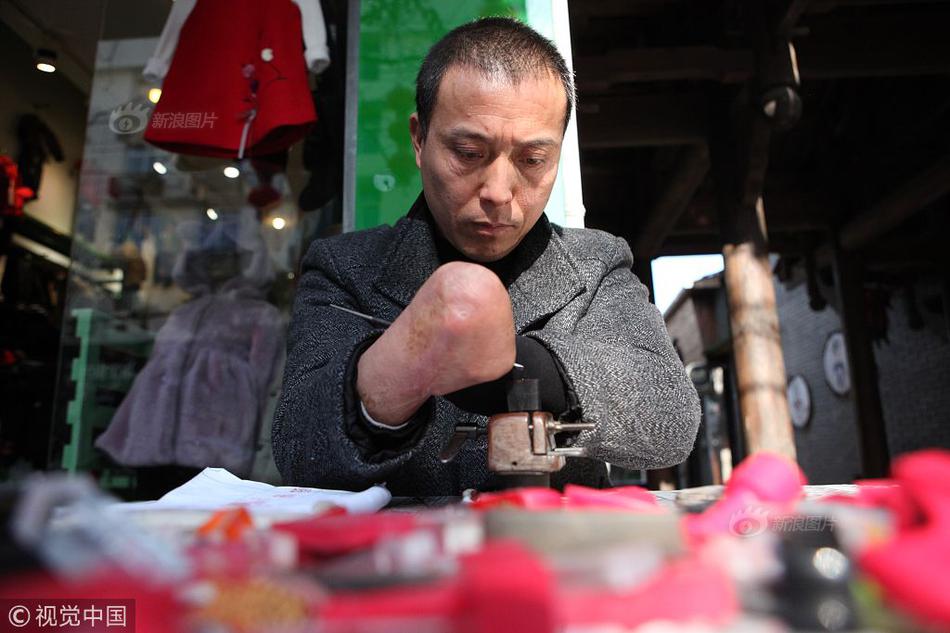 Trade data analysis for small businesses
Trade data analysis for small businesses
864.84MB
Check Frozen goods HS code classification
Frozen goods HS code classification
688.31MB
Check Top trade data trends reports
Top trade data trends reports
541.18MB
Check How to benchmark HS code usage
How to benchmark HS code usage
691.37MB
Check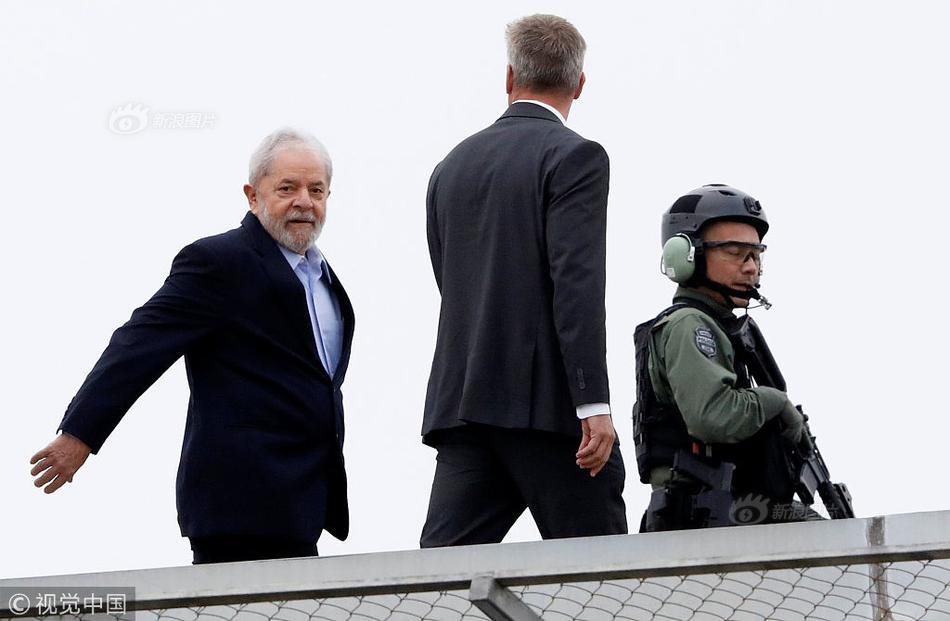 Ceramics imports HS code mapping
Ceramics imports HS code mapping
238.55MB
Check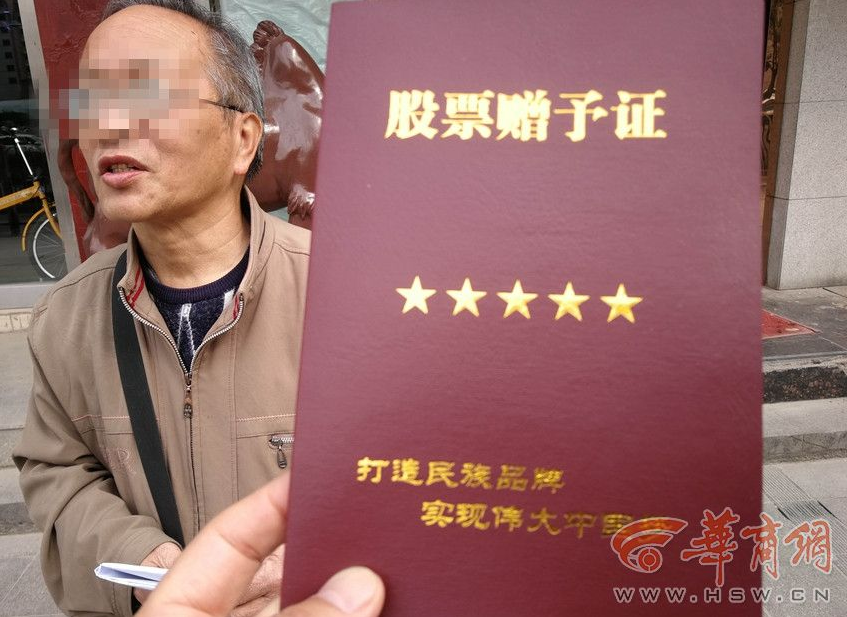 Global trade certificate verification
Global trade certificate verification
355.73MB
Check Trade intelligence for industrial equipment
Trade intelligence for industrial equipment
522.17MB
Check Trade intelligence for marine cargo
Trade intelligence for marine cargo
887.44MB
Check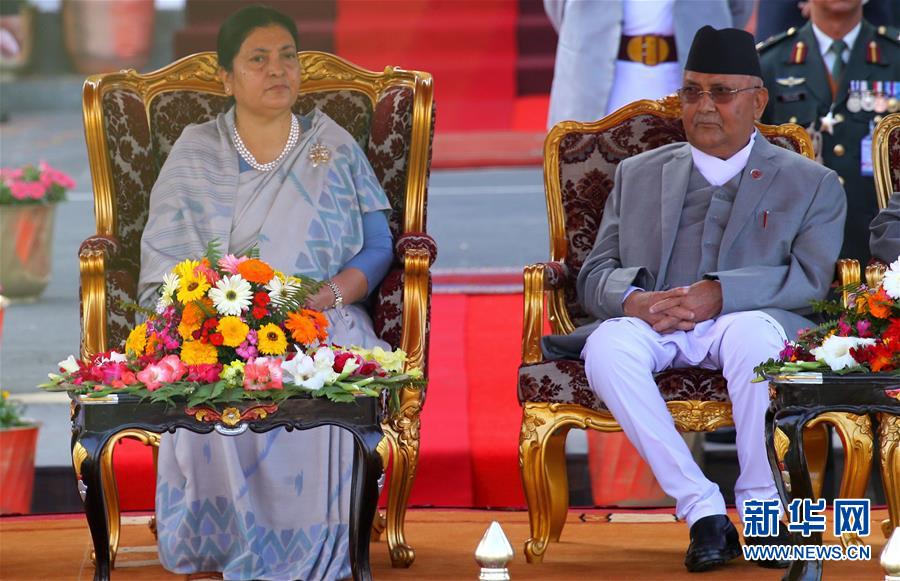 Import export software solutions
Import export software solutions
275.63MB
Check Dynamic commodity risk indexing
Dynamic commodity risk indexing
949.83MB
Check USA export trends analytics
USA export trends analytics
633.43MB
Check HS code-driven landed cost estimation
HS code-driven landed cost estimation
759.52MB
Check Trade data solutions for wholesalers
Trade data solutions for wholesalers
553.31MB
Check Real-time cargo insurance insights
Real-time cargo insurance insights
488.91MB
Check Advanced tariff classification tools
Advanced tariff classification tools
316.58MB
Check Top trade data plugins for analytics
Top trade data plugins for analytics
833.72MB
Check HS code mapping to logistics KPIs
HS code mapping to logistics KPIs
292.93MB
Check HS code-based anti-dumping analysis
HS code-based anti-dumping analysis
919.88MB
Check Mineral ores HS code tariff details
Mineral ores HS code tariff details
642.43MB
Check Trade data analysis for small businesses
Trade data analysis for small businesses
234.62MB
Check Predictive trade data cleaning
Predictive trade data cleaning
125.21MB
Check Advanced HS code product classification
Advanced HS code product classification
398.99MB
Check Deriving product origin via HS code
Deriving product origin via HS code
965.32MB
Check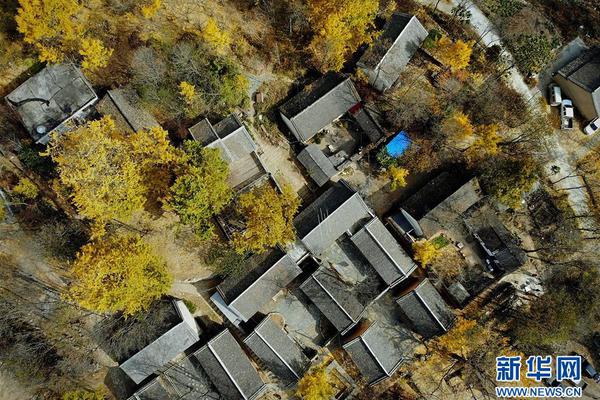 HS code-based re-exports in free zones
HS code-based re-exports in free zones
735.53MB
Check Processed seafood HS code references
Processed seafood HS code references
245.47MB
Check US-China trade data comparisons
US-China trade data comparisons
728.79MB
Check In-depth customs data analysis tools
In-depth customs data analysis tools
579.44MB
Check Heavy machinery parts HS code verification
Heavy machinery parts HS code verification
556.45MB
Check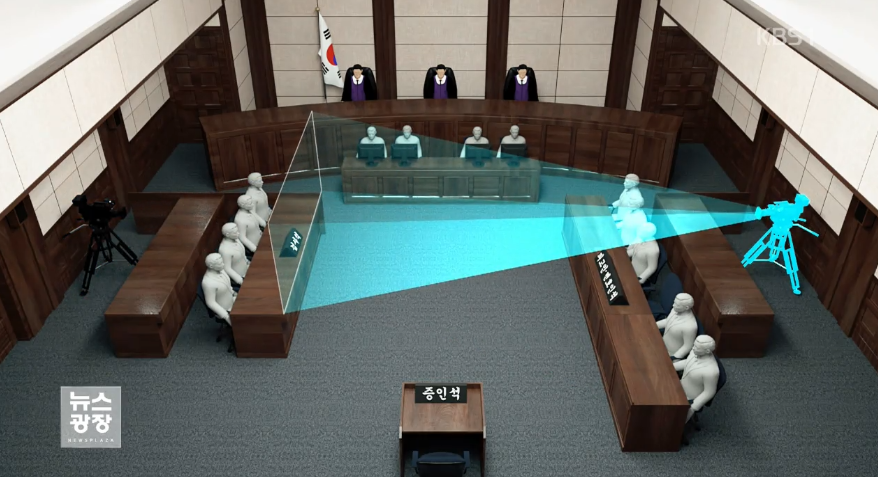 international trade database
international trade database
271.58MB
Check Top trade data trends reports
Top trade data trends reports
968.25MB
Check How to leverage big data in trade
How to leverage big data in trade
737.71MB
Check supply chain intelligence
supply chain intelligence
194.45MB
Check How to build a resilient supply chain
How to build a resilient supply chain
837.56MB
Check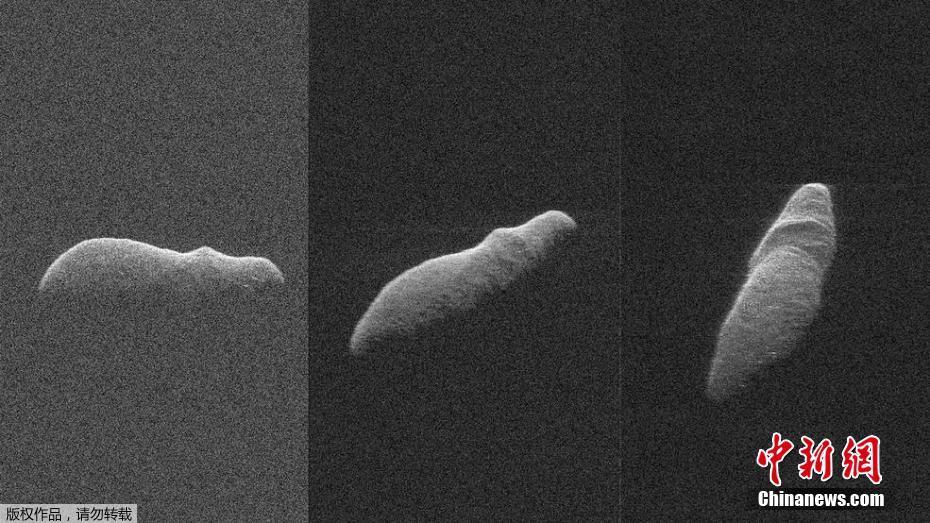 Trade data for pharmaceutical imports
Trade data for pharmaceutical imports
635.29MB
Check Timber (HS code ) import patterns
Timber (HS code ) import patterns
179.69MB
Check High-tech exports HS code categorization
High-tech exports HS code categorization
467.51MB
Check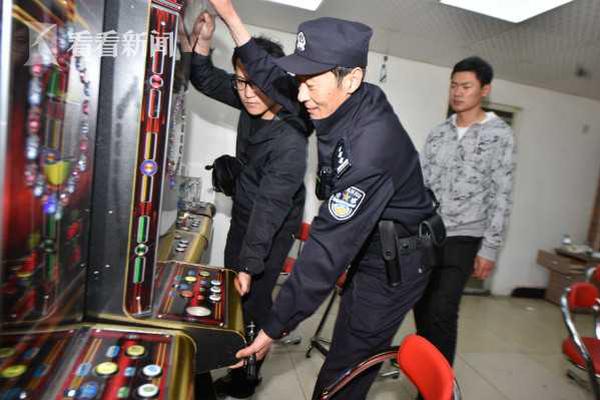
Scan to install
International trade route optimization to discover more
Netizen comments More
1878 Import restrictions by HS code category
2024-12-24 01:48 recommend
1053 Real-time supply chain event updates
2024-12-24 01:29 recommend
1511 HS code-driven procurement strategies
2024-12-24 00:41 recommend
1086 How to identify correct HS codes
2024-12-23 23:41 recommend
280 Automated customs declaration checks
2024-12-23 23:23 recommend